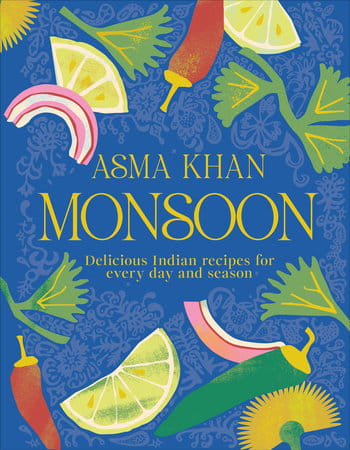
Archeologist Breathes New Life Into Recently Abandoned 5000-Year-Old City
Reviewed by Robert W. Lebling
Pearl of the Desert: A History of Palmyra. Rubina Raja. Oxford UP, 2022.
“In the future … we must hope that careful work … might shed further light on the ongoing resilience and ability of the Palmyrene people to adapt and to pursue their own destiny.”
Slung between the Roman and Parthian empires, the oasis city of Palmyra (located in the Syrian Desert) once stood as the heart of trading networks that made its inhabitants wealthy and powerful. Rubina Raja, a classical archeology professor at Aarhus University, Denmark, draws on archeological and literary sources to tell Palmyra’s story, from its Bronze Age beginnings to its place starting in the first century CE as an international trade hub of the Roman Empire. Palmyra grew more powerful from there, with celebrated queen Zenobia leading a rebellion against Rome that led to the brief existence of the Palmyrene Empire and ultimately the Roman sacking of Palmyra in 273 CE. A smaller version of the city was built in its place, Raja, who is director of the Palmyra Portrait Project, an organization that studies Roman-era Palmyra funeral portraits, recounts. But it never regained its former glory.
You may also be interested in...

A Fresh Perspective on Senegal’s Photographic History
Author Giulia Paoletti’s Portrait and Place puts historical Senegalese photography in a fresh global context.
Asma Khan’s Monsoon Cookbook Reclaims Taste of Home—Our Book Review
Known for her all-female kitchen at London’s Darjeeling Express, Asma Khan transforms her new cookbook into a memoir, steeped in nostalgia.